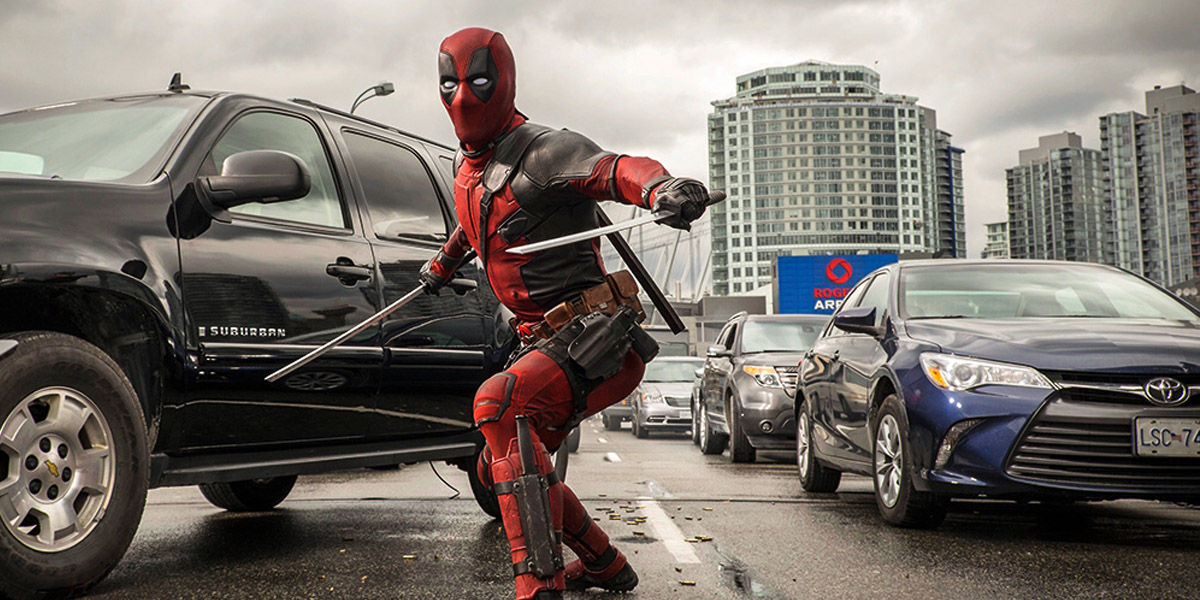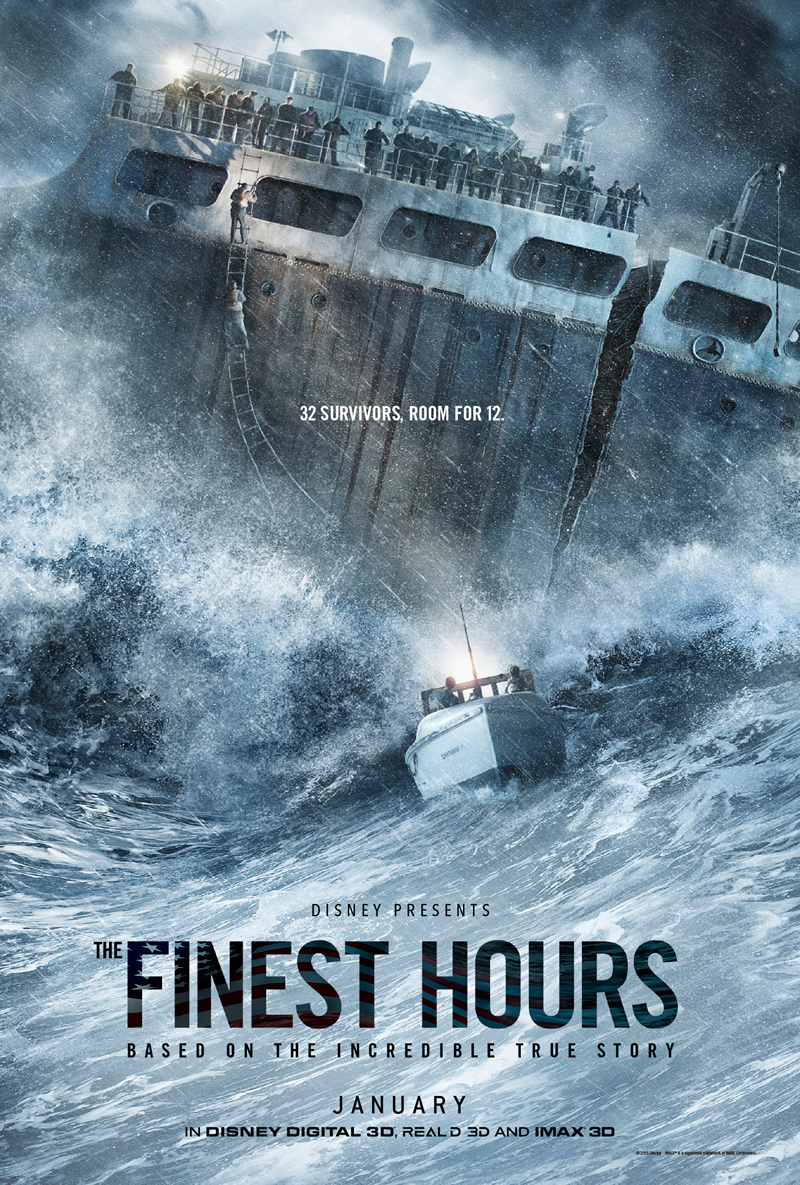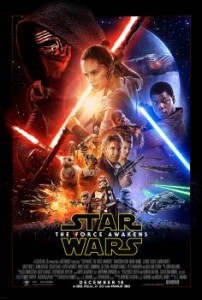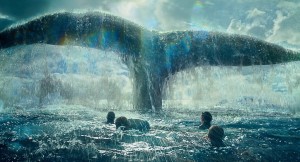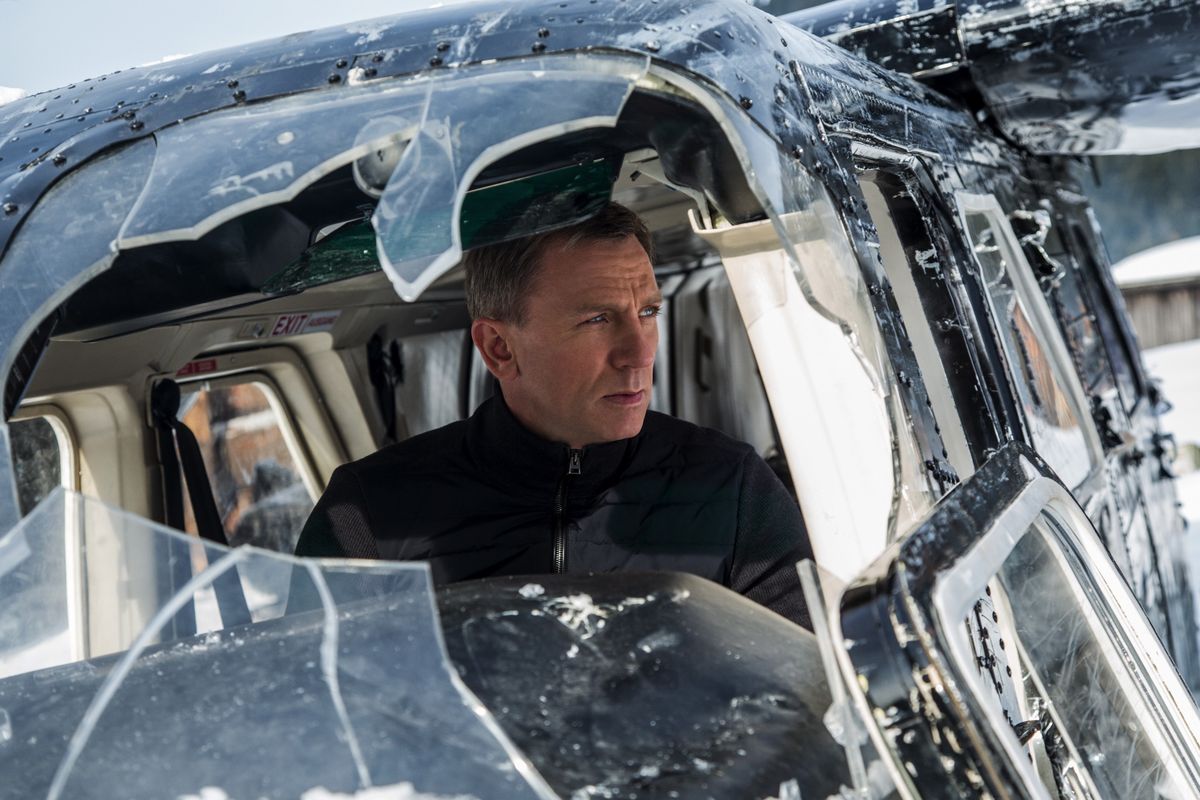Deadpool
Posted on February 8, 2016 at 3:58 pm
B+| Lowest Recommended Age: | Mature High Schooler |
| MPAA Rating: | Rated R for strong violence and language throughout, sexual content and graphic nudity |
| Profanity: | Constant very strong and crude language and sexual references |
| Alcohol/ Drugs: | Drinking, scenes in bar, medical torture |
| Violence/ Scariness: | Intense comic book action violence with many characters injured and killed, some disturbing and graphic images |
| Diversity Issues: | None |
| Date Released to Theaters: | February 12, 2016 |
| Date Released to DVD: | May 9, 2016 |
| Amazon.com ASIN: | B01BLS9E2Y |

Frankly, exuberantly nasty — in the nicest possible way, Deadpool is not your father’s superhero. That is, unless your father is more like “Who’s your daddy?” all snarky wisecracks, 90’s pop culture references, and joyous mayhem.
Deadpool is the po-mo superhero, so self-aware he knows he’s in a comic book, or now, a movie. A riotously funny opening shot takes us in exquisite slow-motion through an in medias res freeze frame that teases and reveals where we are — not just geographically and narratively but the world we are in. Suspended in air are elements of violence and chaos and also a copy of the Sexiest Man Alive People Magazine with Deadpool portrayer Ryan Reynolds on the cover. Oh, and the song on the soundtrack is not the kind superhero fanfare we might expect. It’s the syrupy “Angel in the Morning.”
And then we see the opening credits. Instead of the actual names of the people on and off screen we get their descriptions, telling us that the filmmakers will both meet and subvert our expectations for a comic book movie. We will see: God’s fool, a moody teen, a wisecracking sidekick, a British villain, a CGI character, and a gratuitous cameo. And the movie is produced by “asshats,” directed by “a stupid tool,” and written by — the real heroes of the film (there are some benefits to having final say on the script).
A big, crazy battle on a bridge is underway but Deadpool pauses to tell us his story, starting with a very crude reference to another comic book hero to explain how he got his own movie, and then taking us back to his pre-superhero days, when he was just Wade after his days in Special Forces, when he was an Equalizer-style hired gun with a very bad attitude.
A bunch of bad attitude types congregate at a bar run by Weasel (T.J. Miller), the closest thing to a friend Wade has, which doesn’t keep him from betting on Wade in the “dead pool,” a running tally of odds on which of the colorful, trigger-happy local denizens will die first. Wade meets Vanessa (Morena Baccarin of “Gotham”), who speaks his language — tough, twisted, and funny. Their one-upsmanship on who had the worst childhood is topped by a hilarious montage of holiday and season-related sexual situations. As Wade tells Vanessa, they are two jigsaw puzzle pieces who don’t fit in anywhere else but fit together just right.
But then Wade gets Stage 4 cancer. It seems hopeless until a man approaches him with the possibility of a cure that will make him better than before. Ajax (Ed Skrein) has a mad-scientist lab/hospital that tortures people until they either die or mutate into superheroes. Wade comes out of the process invulnerable, strong, covered with burn-like scars, and very, very angry.
First time director Tim Miller has a background in animation and special effects, and it pays off in his handling of the action sequences, which would be enough to sustain a lesser comic-book film on their own. But what he really captures here is the charm of the anti-hero who spouts off a kaleidoscope of 90’s pop culture references fit for a crit lit symposium panel as he skewers the bad guys (often literally), mashes on his elderly blind roommate (Leslie Uggams! Thank you!), and is genuinely sweet with Vanessa. This is a great fit for Ryan Reynolds, who, People Magazine notwithstanding, is best when he is not trying to be conventionally heroic (no more mention of Green Lantern, please, ever, and the same goes for romantic comedies like “Just Friends”). He is better when he’s bitter. And certainly much more fun for us.
Parents should know that this movie has extensive comic-book style violence, including torture, with graphic and disturbing images. Characters use very strong and crude language and there are vulgar sexual references and explicit situations, along with references to drug use.
Family discussion: What makes Deadpool an anti-hero? When is he willing to accept help from others?
If you like this, try: the X-Men and Avengers movies and “Guardians of the Galaxy”

